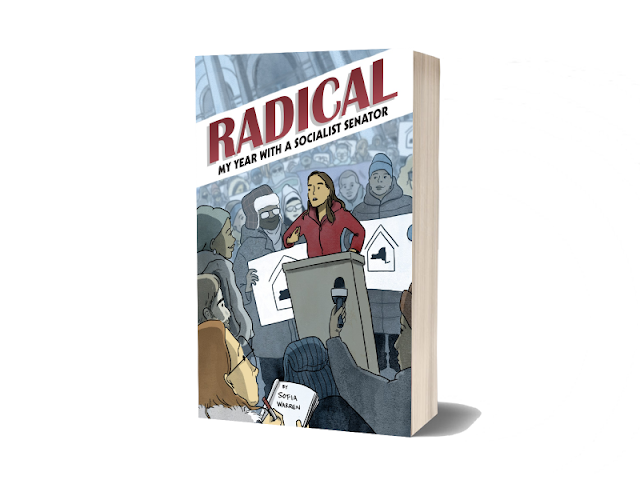Silence and Beauty by Makoto Fujimura
Makoto Fujimura's Silence and Beauty is a book worth reading more than once.
Silence and Beauty
Silence and Beauty is written by the award winning contemporary artist, Makoto Fujimura. The book is an exploration of another book titled Silence by Shusaku Endo. Silence is a historical fiction about a Jesuit priest who ventures into 17th century Japan to seek out his mentor who is rumoured to have turned into an apostate. The priest manages to enter Japan, but from his arrival notices the influences of an ongoing persecution that has led to the deaths of several local Christians.
The Japanese Christian persecution, which springs from a shogun's effort to wipe out Christianity from Japan, soon sweeps up the newly-arrived priest in its wake. Even when the priest finds his old mentor, it was as an enemy working for the shogun. Amidst the calamity going on is Kichijiro, a local Christian and a drunk who denies his faith every time he is caught by Shogun's men.
Silence and Beauty
We have a tendency to extol heroes of faith; our textbooks and our sermons are filled with the heroic. In doing so, we fall into a false dichotomy of seeing faith only in terms of victory or failure, which leads us to dismiss and discard the weak.
On the memoir side of things, the author of Silence and Beauty takes a look at his own Christian journey and finds similarities with Kichijiro. He also observes the modern Japaneses society, where Christianity is close to non-existence. He observes that the Japanese prevalent culture of silence as well as hiding individual thoughts and expressions is not an
Silence and Beauty
Many thanks to InterVarsity Press for review copy.




Comments
Post a Comment